London is home to some incredible feats of architecture, from the old to the new. We’ve chosen our top 10 London buildings – did yours make the cut?
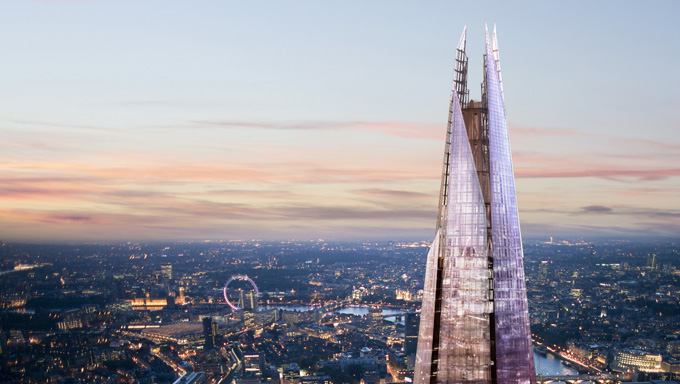
‘The Shard’
As the tallest building in Western Europe, The Shard has transfigured the London skyline. Designed by Renzo Piano, the 95-storey building stands at 1,004ft high and is a newcomer to the London architectural scene. The building is home to the first London offering of the luxury five-star global hotel group, Shangri La. The Shard opened to the public in January 2013 and has viewing platforms on floors 68-69 and 72, which allow people to see London from the highest observation point in Western Europe.
To find out more, visit The Shard website.
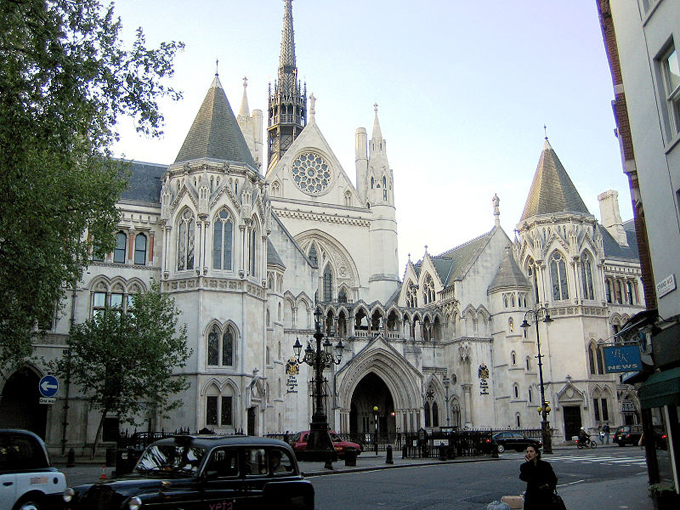
Royal Courts of Justice
The Royal Courts were opened by Queen Victoria in 1882 after 11 years of construction. Located in the heart of London’s Fleet Street, the imposing Victorian Gothic structure was designed by George Edmund Street. Sadly Street died before the building was fully finished, meaning he never got to see his designs brought to life. He is alleged to have passed away due to the stress of the project. Its blend of turrets, towers and spires make it an awe-inspiring addition to this historic part of London, which is today home to the High Court and the Court of Appeal.
To find out more, visit the Royal Courts of Justice website.
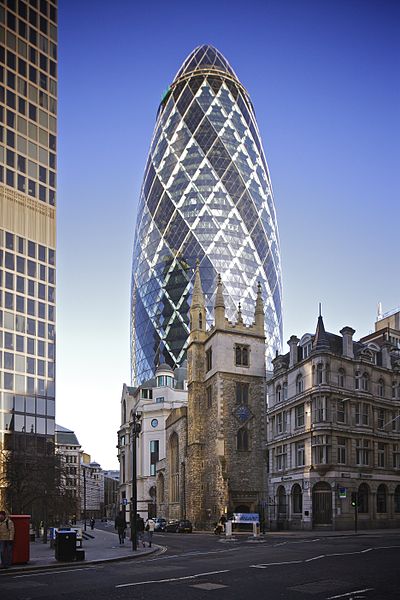
‘The Gherkin’
Now almost universally known as The Gherkin, 30 St Mary Axe is a landmark in the City of London. The building officially opened at the end of May 2004 and was commissioned by insurance company Swiss Re. The building’s plaza covers a floor space of 21,500 sq feet, which is the equivalent to eight tennis courts and it stands at 590ft tall – over three times the height of Niagara Falls. During the early phases of construction, a Roman grave of a teenage girl was uncovered. This was kept safe in the Museum of London during the construction period after which it was put back into the ground at the base of the new skyscraper.
For more information visit the 30 St Mary Axe website.
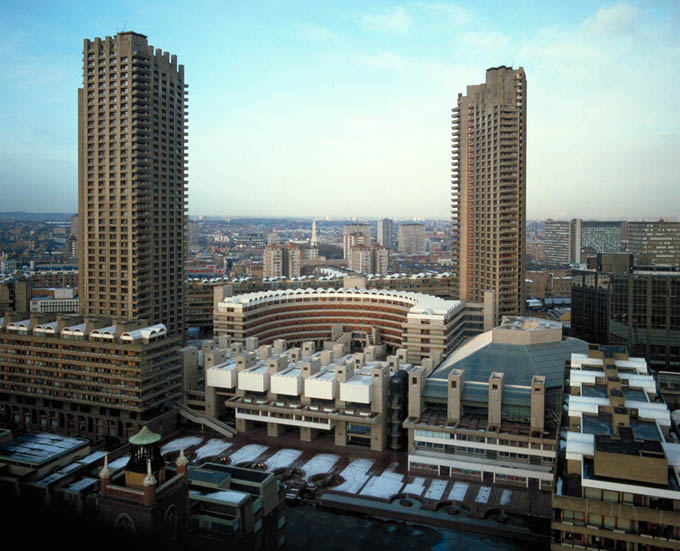
Barbican Centre
The Barbican Centre is a fine example of the Brutalist architecture movement. Built in the 1970s, the arts and learning centre is in the heart of the Barbican Estate. This area in which the Barbican Centre now stands was devastated by bombing in the Second World War. Visions to transform the area began in the 1960s and construction began in 1971. Architects Chamberlin, Powell and Bon designed the towering sombre establishment that now stands as a Grade II listed building and a grand hub for dance, theatre, music, film and the visual arts. Opened by the Queen in 1982 who declared it “one of the modern wonders of the world”, the building celebrated its 30th birthday in 2012.
For more information, visit the Barbican Centre website.
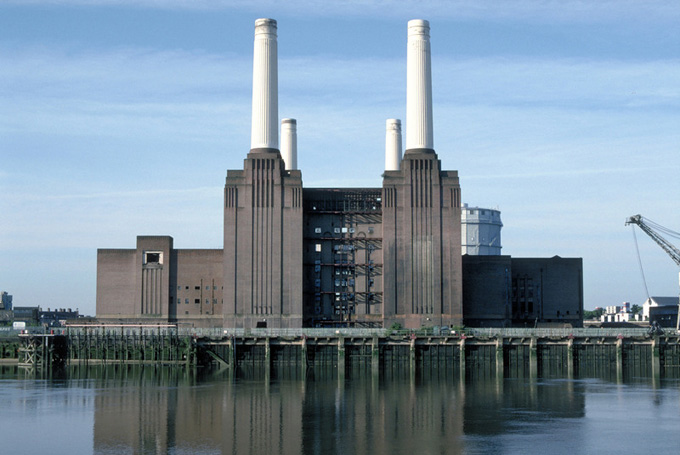
Battersea Power Station
Battersea Power Station perforates the skyline of the South Bank of the Thames in southwest London. The building, designed by architect Giles Gilbert Scott, originally had just two chimney towers but was extended into its now familiar four-chimney construction in 1953. The building is an iconic London landmark and has even graced the cover of a certain Pink Floyd album. Plans to convert the vacant power station have been deliberated over for decades – from leisure parks to cinemas, and a football stadium – but the iconic building is now set to be developed into a lifestyle complex, housing shops and apartments.
For more information, visit the Battersea Power Station website.
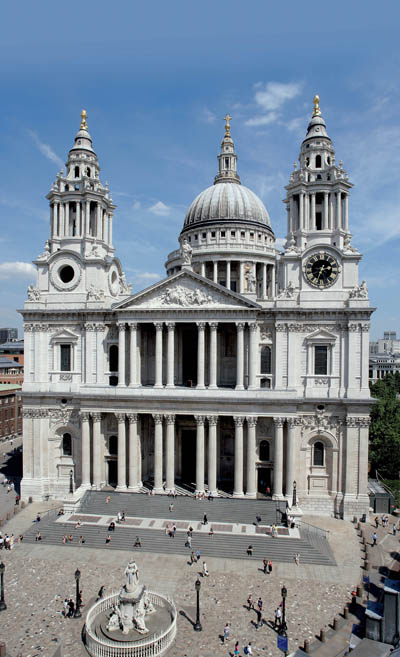
St Paul’s Cathedral
St Paul’s Cathedral stands grandly at the edge of the City of London on the religious site that has been home to a cathedral dedicated to St Paul for over 1,400 years. The present Cathedral was designed by Britain’s most famous architect, Sir Christopher Wren and built between 1675 and 1710 after the Great Fire of London. The beautiful cathedral has seen its fair share of fame as it has been the location of the wedding of Prince Charles and Lady Diana. The Queen celebrated both her Golden and Diamond Jubilees with a service here and even Winston Churchill’s state funeral took place in the grand seat of the Bishop of London. Martin Luther King also stopped by the cathedral in 1964 to say a few words on the West Steps on his way to collect his Nobel Peace Prize. The cathedral is historically significant as the first cathedral to be built after the English Reformation in the 16th century, when Henry VIII created the Church of England under the Crown, removing the jurisdiction of the Pope.
For more information, visit the St Paul’s Cathedral website.
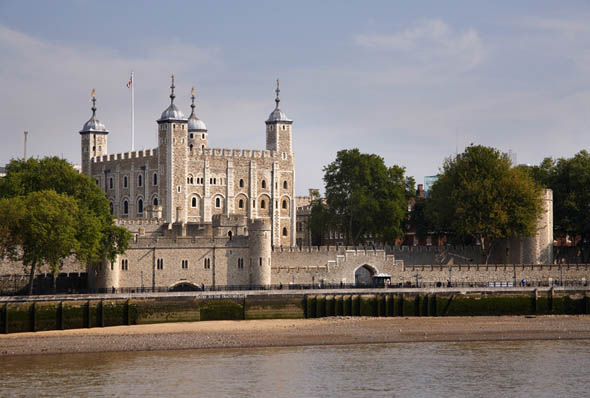
Tower of London
The Tower of London was constructed during the rule of William the Conqueror and was a revolution for the City of London and indeed for England. Such a Norman construction had not been seen before and it dominated the London skyline at the time. The Tower was used both intermittently as a royal palace and a defensive stronghold but it ceased to be used as a royal palace under the reign of Henry VIII after many grand extensions were added. The Tower was often used as a royal prison and both Anne Boleyn and Lady Jane Grey were executed on the Tower Green. The Tower has been home to the Royal Mint, the former Menagerie, which is now London Zoo and the Office of Ordnance. The Tower was enhanced by Gothic Revival architecture in the 1850s to transform it to the majestical palatial tourist attraction it stands as today.
To find out more, visit the Tower of London website.

Shakespeare’s Globe
The Globe theatre you see today on London’s South Bank has seen many a reincarnation. The Globe theatre today stands a few hundred yards from the original site after the first theatre, built in 1599, burnt to the ground during a performance of Henry VIII in 1613. It was rebuilt with a tiled roof which was much safer against the threat of fires but only stood in this form until 1642 when it was closed under the Puritan administration and demolished in 1644. The present Globe theatre was thought up by Sam Wanamaker, an American actor and director. He was inspired after a visit to London in 1949 and campaigned tirelessly until his death in 1993 for a new theatre. The foundations which he had prepared were swiftly completed and the Globe today stands as a testament to the popularity of Shakespeare and his theatre.
For more information, visit Shakespeare’s Globe website.
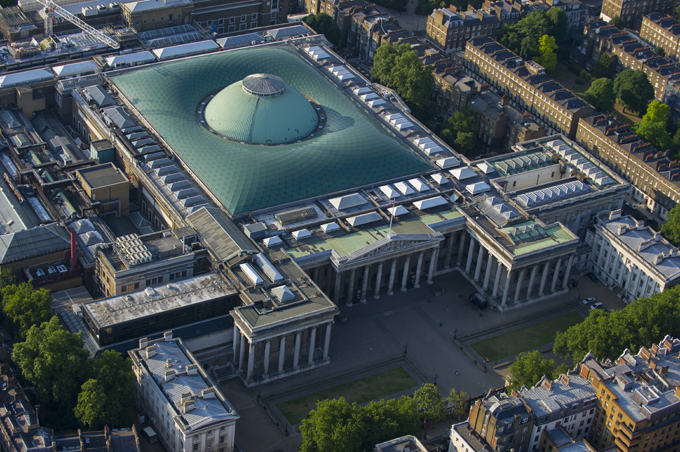
The British Museum
The British Museum opened on 15 January 1759 and was initially housed in a 17th century mansion, Montagu House, in Bloomsbury. When in 1823, George IV gifted his father’s library, the King’s Library, to the public, construction began on the current quadrangular building. Sir Robert Smirke designed the building in the Greek Revival style, emulating classical Greek architecture, which is evident in the museum’s columns and pediment at the south entrance. Both the quadrangular building and the later addition of the Reading Room were opened in 1857 and house such fascinating artefacts at the Rosetta Stone, acquired in 1802, which enabled historians to read Egyptian hieroglyphics, and Parthenon sculptures, which date from around 440 BC.
For more information, visit the British Museum website.
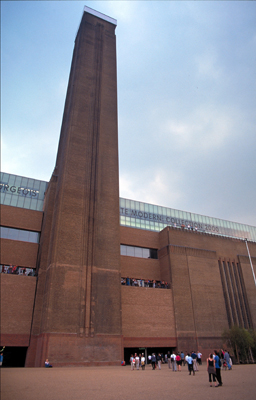
Tate Modern
Since its opening in May 2000, the Tate Modern on the South Bank has stood as a symbol of London’s vision to fuse old architecture with new concepts. Trustees of the Tate selected the old Bankside Power Station as the site for its new contemporary art gallery and in 1995, Swiss architects Herzog and De Meuron were appointed to convert the building. To their credit, their design kept much of the original character of the old power station, built between 1947 and 1963, and originally conceived by Sir Giles Gilbert Scott. Its impressive 115ft-high turbine hall with the boiler house and single central chimney makes it an instantly-recognisable landmark of the London horizon. The old Turbine Hall is now a dramatic entrance and display area while the boiler house houses some of contemporary art’s hottest new exhibitions.
For more information, visit the Tate Modern website.
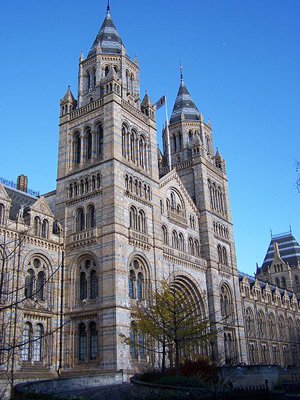
Natural History Museum
The Natural History Museum dates from 1753, when Sir Hans Sloane left his cabinet of curiosities to the nation. Originally they were housed in the British Museum but by 1860 a new building in South Kensington by Alfred Waterhouse was being conceived as the museum’s collection expanded. The Waterhouse Building opened to the public on 18 April 1881. On arrival to the museum, visitors marvel at the Waterhouse Building’s huge façade and high, spired towers – perhaps the finest example of German Romanesque architecture in Britain.
For more information, visit the Natural History Museum website.
Related articlesTop 10 royal residences |
Click here to subscribe! |





 © 2024
© 2024